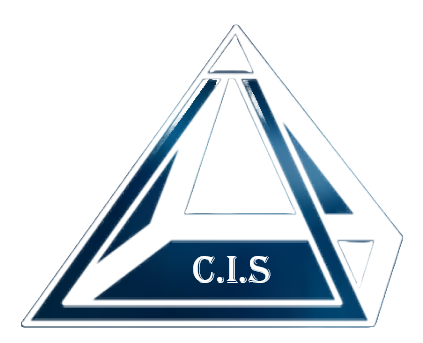
What We Do
We specialize in addressing the challenges faced by the Office of the CFO. We provide clients with clear guidance throughout the process of setting the right strategy, roadmap, and technology selection, scoping, and implementation planning to ensure success.

Advisory Services
- Advisory Services
Strategic Alignment
We strongly believe that transformation initiatives should be aligned with the organization’s overall strategic objectives and goals. To accomplish this, these initiatives require strong leadership, vision, and governance to ensure that technology investments support business priorities and deliver tangible value.
- Strategic Plan Document
- SWOT Analysis Reprot
- Gap Analysis Report
- Key Performance Indicators
- Organizational Structure
- Governance Framework
Technology and Digital Transformation
We work closely with our client’s users and management team to provide the necessary education and options to help them leverage the best available technology solutions and digital capabilities that will meet their strategic objectives and improve their business processes. In most cases this leads to significant improvements in efficiency, agility, innovation, and user experience.
- Change Management
- Risk Management
- Industry Trends
- Expectations
- Impact Analysis & ROI
Best Practices
We Work closely with the CFO and Finance Team to introduce them to the most effective and efficient methods or techniques that have been identified and accepted as superior within finance. We base our recommendations on extensive research, our broad experience, and benchmarking against industry standards.
- Budgeting and Forecasting
- Cashflow Management
- Financial Reporting/Analysis
- Regulatory Compliance
- Capital Allocation
- User Technology Adoption

Strategic Services
- Strategic Services
Technology Roadmap
A technology roadmap is a strategic plan that outlines the direction, vision, and goals for the adoption and implementation of technology within an organization over a specific period. It typically includes details on the technologies to be adopted, the timeline for implementation, the resources required, and the expected outcomes or benefits.
A technology roadmap serves as a guiding document to align technology initiatives with business objectives. It helps stakeholders, including executives, managers, and technical teams, understand the steps needed to achieve technological goals and how they contribute to the overall strategy of the organization.
- Current State
- Requirement Gathering
- Future State Vision
- Positioning
- Define Options
- Options - Pros & Cons
- Get User Consensus
- Define Roadmap
Application Selection
Application vendor selection is the process of choosing a software provider or vendor to supply an application or software solution that meets the specific needs and requirements of an organization. This process involves thorough research, evaluation, and decision-making to ensure that the selected vendor can deliver a solution that aligns with the organization’s goals, budget, and technical requirements
- Define Needs
- Market Research
- Vendor Evaluation-Scorecard
- Request For Proposal (RFP)
- Vendor Demonstrations
- Evaluation and Comparison
- Decision and Negotiation
Project Planning
Project planning is the process of defining the scope, objectives, tasks, resources, timelines, and deliverables required to successfully complete a project. It involves breaking down the project into manageable components, establishing a roadmap for execution, and allocating resources effectively to achieve the desired outcomes within the constraints of time, budget, and quality.
- Project Charter
- Phasing
- Project Plan
- Project Cost
- Project Timeline
- Project Team

Solution Delivery
- Solution Delivery
Enterprise Performance Management (EPM)
Specialized financial management software helps organizations manage accounting processes, FP&A budgeting and forecasting, and financial reporting.
FP&A solutions help organizations with budgeting, forecasting, scenario modeling, and performance analysis. They enable finance teams to create accurate financial plans, evaluate different scenarios, and track key performance metrics.
- Budgeting and Planning
- Consolidations
- Financial Reporting
- Allocations
- Reconciliations
Enterprise Resource Planning (ERP)
ERP systems integrate various business functions, such as finance, accounting, human resources, and supply chain management, into a single platform. They enable real-time data access, streamline processes, and support financial reporting and analysis. These systems often include features such as general ledger management, accounts payable/receivable, and cash flow management.
- Financials
- Human Resources
- Accounting
- Supply Chain
- Customer Relationship
- Project Management
- Asset Management
Business Intelligence (BI) and Analytics
BI and analytics tools allow organizations to analyze financial data, identify trends, and gain insights into business performance. They facilitate reporting, dashboarding, and data visualization, enabling better decision-making and strategic planning.
- Data Architecture
- Integration
- Reporting & Analytics
- Dashboards
- AI